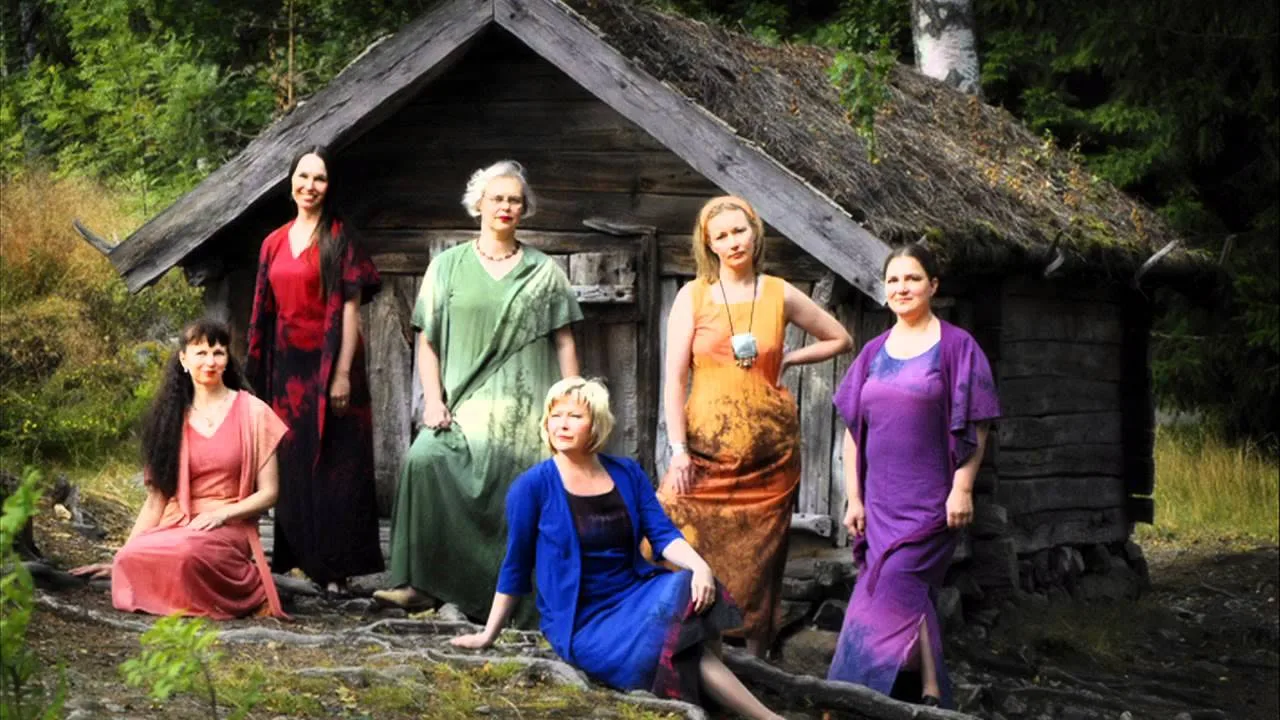Kula soitti is a traditional Finnish term that translates to ″Kula played″. It refers to a beloved genre of folk music in Finland that has its roots in the country’s history and culture. Finnish folk music has been passed down through generations, serving as a means of storytelling, celebrating, and connecting with nature.
The Origins of Kula Soitti
Kula Soitti originated in the early 1800s٫ gaining popularity in the regions of Ostrobothnia and Kainuu. This style of music was usually played on homemade instruments such as the kantele٫ violin٫ accordion٫ and harmonica. It was traditionally performed by small groups or solo musicians at local gatherings٫ weddings٫ and other social events.
The Characteristics of Kula Soitti
Kula soitti brings together a unique blend of musical elements that define its character. The music is known for its lively and upbeat tempo, created by fast-paced dancing rhythms and energetic melodies. Often, the music reflects the natural surroundings of Finland, drawing inspiration from the forests, lakes, and folklore of the region.
Lyrically, Kula soitti songs tell stories of love, nature, and everyday life. They often embody deep emotions, capturing the sentiments of joy, longing, and melancholy. The lyrics are typically sung in Finnish, showcasing the linguistic heritage of the Finnish people.
Traditional Instruments Used in Kula Soitti
Kula soitti is known for its distinct instrumental sound, incorporating a variety of traditional Finnish instruments⁚
- Kantele⁚ A traditional Finnish zither-like instrument with several strings.
- Violin⁚ Often used as the lead instrument, adding a melodic touch to the music.
- Accordion⁚ Provides a rhythmic and harmonious element to the compositions.
- Harmonica⁚ Used to bring in a touch of melancholy and create unique soundscapes.
Kula Soitti Today
Although Kula soitti initially gained popularity in rural areas, it continues to thrive in modern Finnish culture; With the rise of folk music festivals and the preservation efforts of traditional music, Kula soitti has found its place in contemporary Finnish music scene.
Today, there are numerous bands and musicians who specialize in Kula soitti, performing at various concerts, festivals, and cultural events across Finland. These performances not only entertain the audience but also keep the rich heritage of Finnish folk music alive.
Conclusion
Kula soitti is a cherished genre of Finnish folk music that embodies the country’s rich cultural heritage. It is a testament to the stories, traditions, and emotions of the Finnish people, providing a glimpse into their way of life, history, and connection with nature. Through its lively melodies, heartfelt lyrics, and distinctive instrumental sound, Kula soitti continues to captivate audiences and remain an integral part of Finland’s musical legacy.
